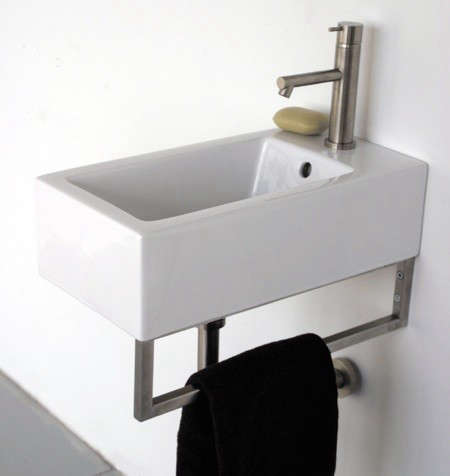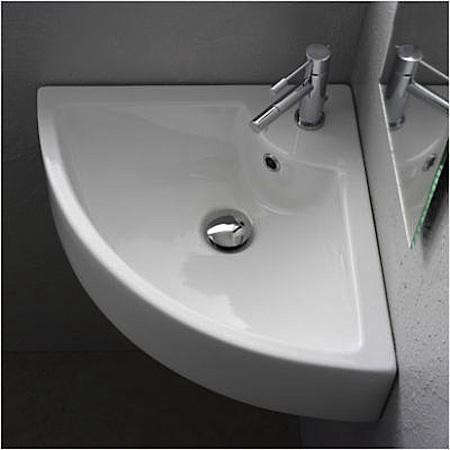Record levels of new multi-family construction are meeting demand in the nation’s hottest market, cutting in half the pace of rent increases nationwide and driving down median rents in more markets during the third quarter, according to rental analytics firm Axiometrics.
Nationally, rents rose only 3% for the third quarter of 2016, more than 2 percentage points below the robust 5.2% rent growth of one year ago. This marked the fourth straight quarter in which the annual rent growth rate decreased. The average effective rent nationwide was $1,289 per unit per month, compared to $1,251 in the third quarter of 2015.
“While the national apartment market is still performing above the long-term average, the moderation from the unsustainable levels of 2014 and 2015 has come, as Axiometrics predicted,” said Jay Denton, Axiometrics Senior Vice President of Analytics. “In particular, rent growth has declined precipitously in markets with the highest rents in the country, such as New York and the San Francisco Bay Area.”
Rent levels declined year over year in the three major markets with the highest rents — San Francisco, New York and San Jose — and increased by less than 2% in the fourth highest rent-growth metro, Oakland. Although Houston isn’t a high-rent market, its -2.8% rent growth in the third quarter also helped weigh down the national rate. Hartford, Birmingham and Oklahoma City also experienced negative annual rent growth.
Third-Quarter 2016 Rent, Rent Growth in Highest-Priced Markets | ||||
| Market | Average Effective Rent | Annual Effective Rent Growth | ||
| San Francisco | $3,292 | -0.5% | ||
| New York | $3,036 | -0.2% | ||
| San Jose | $2,817 | -0.8% | ||
| Oakland | $2,413 | 1.8% | ||
“Urban cores in general are showing slowing performance,” Denton said. “The market is feeling the effects of the concentrated new supply in these submarkets. Nationwide, however, supply is just keeping up with the demand.”
The slower performance of high-priced markets is somewhat counteracted by robust fundamentals in secondary markets. For example, annual effective rent growth in Sacramento; Riverside, CA; Salt Lake City; Las Vegas; Fort Worth; Tampa-St. Petersburg; and Nashville are among the 10 highest in major markets.
Other Third-Quarter Highlights
• Effective rents increased 1.2% in the third quarter over the second quarter. The rent-growth rates for the past four quarters have been lower than the previous corresponding quarters.
• Occupancy was 95.1% in the third quarter, compared to 95.2% in the second quarter and 95.4% in the third quarter of 2015.
- 95.4% in the third quarter of 2015.
Top 25 Markets for Rent Growth and Occupancy
The top 25 Metropolitan Statistical Areas or Metropolitan Divisions — among Axiometrics’ top 50 markets with the most apartments — in various third-quarter 2016 categories:
Top 25 Markets by Annual Effective Rent Growth for 3Q16 | |
| MSA/Metropolitan Division | Annual Effective Rent Growth |
| Sacramento-Roseville-Arden-Arcade, CA | 11.9% |
| Riverside-San Bernardino-Ontario, CA | 7.9% |
| Seattle-Bellevue-Everett, WA | 6.7% |
| Salt Lake City, UT | 6.7% |
| Phoenix-Mesa-Scottsdale, AZ | 6.4% |
| Las Vegas-Henderson-Paradise, NV | 5.7% |
| Fort Worth-Arlington, TX | 5.6% |
| Tampa-St. Petersburg-Clearwater, FL | 5.5% |
| Nashville-Davidson-Murfreesboro-Franklin, TN | 5.4% |
| Atlanta-Sandy Springs-Roswell, GA | 5.4% |
| San Diego-Carlsbad, CA | 5.3% |
| Anaheim-Santa Ana-Irvine, CA | 4.9% |
| Orlando-Kissimmee-Sanford, FL | 4.9% |
| Dallas-Plano-Irving, TX | 4.6% |
| Charleston-North Charleston, SC | 4.4% |
| Memphis, TN-MS-AR | 4.3% |
| Warren-Troy-Farmington Hills, MI | 4.2% |
| Portland-Vancouver-Hillsboro, OR-WA | 4.1% |
| Los Angeles-Long Beach-Glendale, CA | 4.0% |
| Charlotte-Concord-Gastonia, NC-SC | 4.0% |
| Raleigh, NC | 3.7% |
| Minneapolis-St. Paul-Bloomington, MN-WI | 3.7% |
| Indianapolis-Carmel-Anderson, IN | 3.5% |
| Boston-Cambridge-Newton, MA-NH | 3.5% |
| West Palm Beach-Boca Raton-Delray Beach, FL | 3.3% |
| National | 3.0% |
Top 25 Markets by Quarterly Effective Rent Growth for 3Q16 | |
| MSA/Metropolitan Division | Quarterly Effective Rent Growth |
| Sacramento-Roseville-Arden-Arcade, CA | 4.2% |
| Salt Lake City, UT | 3.0% |
| San Francisco-Redwood City-South San Francisco, CA | 2.6% |
| Boston-Cambridge-Newton, MA-NH | 2.5% |
| Atlanta-Sandy Springs-Roswell, GA | 2.4% |
| San Diego-Carlsbad, CA | 2.3% |
| Seattle-Bellevue-Everett, WA | 2.1% |
| Orlando-Kissimmee-Sanford, FL | 2.0% |
| Warren-Troy-Farmington Hills, MI | 2.0% |
| Charleston-North Charleston, SC | 2.0% |
| Los Angeles-Long Beach-Glendale, CA | 1.9% |
| Raleigh, NC | 1.9% |
| San Antonio-New Braunfels, TX | 1.9% |
| Portland-Vancouver-Hillsboro, OR-WA | 1.9% |
| Riverside-San Bernardino-Ontario, CA | 1.8% |
| Silver Spring-Frederick-Rockville, MD | 1.8% |
| Fort Worth-Arlington, TX | 1.7% |
| Anaheim-Santa Ana-Irvine, CA | 1.7% |
| Denver-Aurora-Lakewood, CO | 1.5% |
| Charlotte-Concord-Gastonia, NC-SC | 1.5% |
| Nashville-Davidson-Murfreesboro-Franklin, TN | 1.4% |
| Dallas-Plano-Irving, TX | 1.4% |
| Tampa-St. Petersburg-Clearwater, FL | 1.3% |
| Memphis, TN-MS-AR | 1.2% |
| Washington-Arlington-Alexandria, DC-VA-MD-WV | 1.2% |
| National | 1.2% |
read more…
http://www.realestateeconomywatch.com/2016/09/rents-cooled-in-the-third-quarter/













